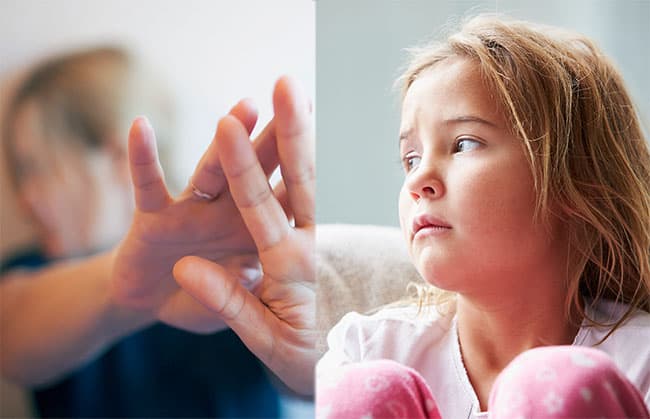Overview
The concept of adult safeguarding in England was first introduced through No Secrets: guidance for protecting vulnerable adults in care, following concerns about abuse in care homes. Wales followed with In Safe Hands: Implementing Adult Protection Procedures in Wales. These early documents used the term vulnerable adult, reflecting the need to protect individuals who may be at risk due to age, disability, or care needs.
Today, legislation and guidance across the UK have evolved, and safeguarding duties now refer to an adult at risk. This term recognises that not all vulnerable adults are necessarily at risk. An adult at risk is defined as someone who has care and support needs, is experiencing or at risk of abuse or neglect, and, because of those needs, is unable to protect themselves. In dental settings, this definition is particularly relevant when treating patients who rely on others to access care, communicate, or make decisions, and where missed appointments or signs of neglect may indicate wider safeguarding concerns.

